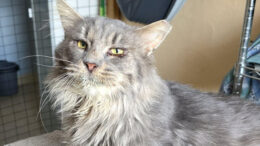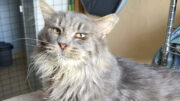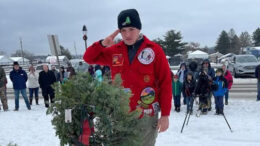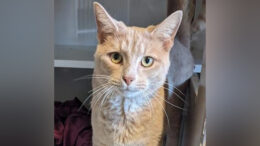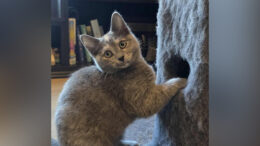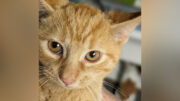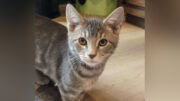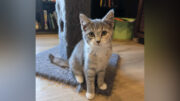Slugs feed on flowers, vegetables and ornamentals, and are especially injurious to seedlings. Moreover, they get into cellars, on walks, and similar places around the house, leaving a trail of mucus or slime. Occasionally they feed on stored vegetables and other plant materials. In Pennsylvania, snails are usually of little concern as pests in home gardens and, for this reason, we will concentrate on slugs.
Description
There is a number of species of slugs; fortunately, their behavior and control is somewhat similar. The following information is applicable to most of them. Slugs are 1/4 to 10 inches long, depending on the species. Most are less than one inch long. They vary in color from cream to gray to black; some species are covered with dark spots.
Life History
Slugs have three stages in their life cycle: eggs, immature stage and adults. The young are similar in appearance to the adults except for size. Slugs may overwinter in any stage. They may survive the winter by living in protected places such as in burrows and under decaying vegetation, clods of earth, stones, boards, logs, and loose bark, to mention a few places. Slugs begin to move, hatch, feed, and lay eggs when the temperature is above 40 F. They become adults in 3 to 12 months, depending on species, food available, temperature and humidity. Warm, damp weather in the spring and fall favor their development. Hot, dry summers are unfavorable. Although slugs are ordinarily nocturnal, they will move and feed on cloudy, damp days. During hot weather, they will be found in damp vegetation, under boards, stones, and in other cool places.
Control
Sanitation
Remove the resting and breeding places of slugs, such as loose boards, bricks, stones, trash piles, compost piles, weeds, and other such material.
Traps
Set out boards or burlap bags in the evening. Wet the traps and immediate surroundings. Remove trapped slugs the next morning and drop them in kerosene. Another way to trap slugs is to bury a shallow metal tray in the ground so the tray edge is level with the soil surface. Slugs are attracted to beer placed in the trays; they then fall in and drown.
Natural Enemies
Toads, some beetles and their larvae, parasitic flies, birds, chickens, and ducks are natural enemies of slugs but are not very dependable. Cultivating the soil will hasten drying of the surface and in turn will reduce slug activity.
This educational blog is a series of informative articles from the Penn State Master Gardeners volunteers plus news concerning the group and their activities. For more information, click here.


